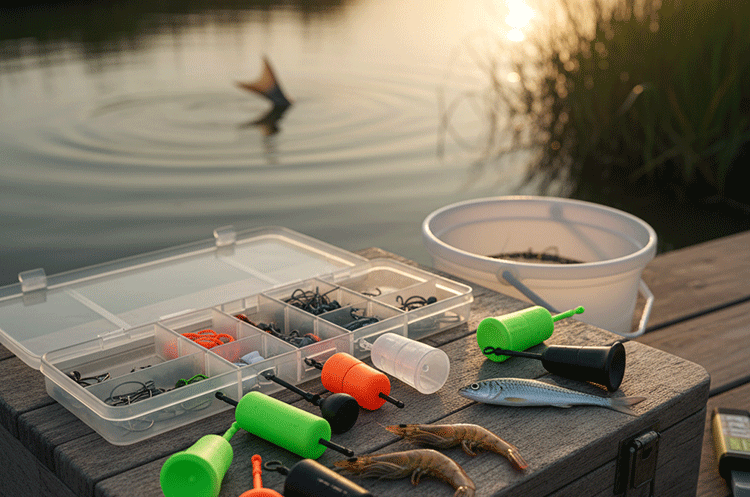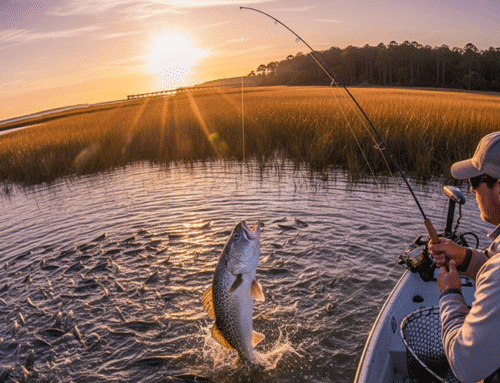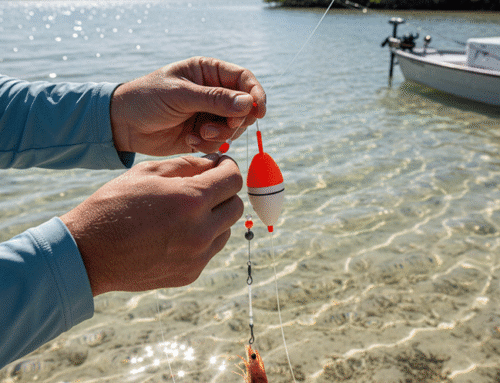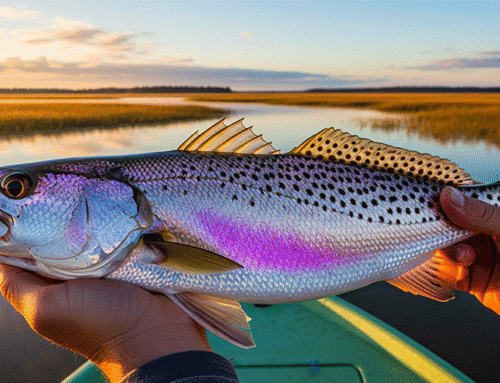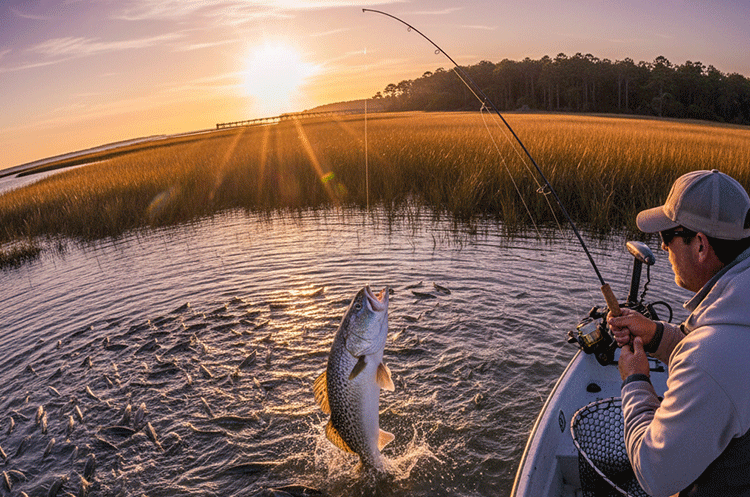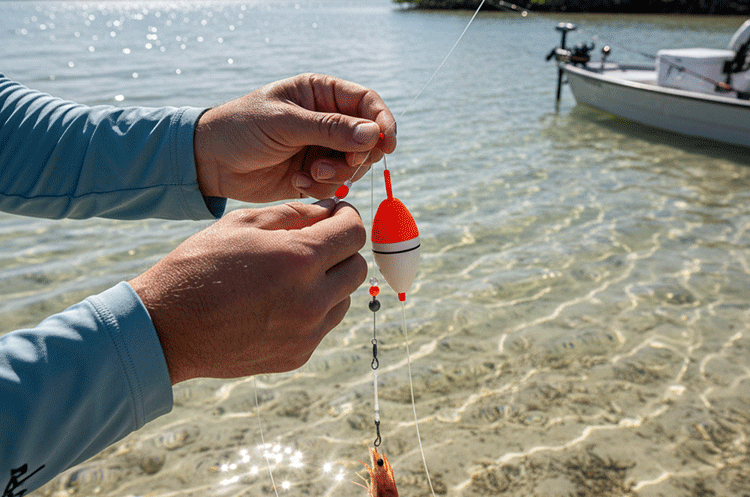Beginner’s Guide to Popping Cork Sizes and Colors
Fishing with a popping cork can be an exhilarating and effective way to catch a variety of inshore species like redfish, trout, and flounder. But if you’re new to the game, you may find yourself wondering: “Which popping cork should I use?” This guide will break down the basics of popping cork sizes and colors so you can rig up with confidence.
The right choice depends on a few key factors: the size of your bait, the depth of the water, and the water clarity.
Understanding Popping Cork Sizes
Popping corks come in a range of sizes, typically measured in inches or ounces. The size of the cork is directly related to its buoyancy and the amount of weight it can support. Choosing the correct size is crucial for a natural presentation and an effective retrieve.
Bait Size: The most important factor. Your popping cork needs to be large enough to suspend your bait without sinking but not so large that it looks unnatural. A general rule of thumb is to match the cork size to the bait size. For smaller baits like shrimp, a smaller cork (1-2 inches) is ideal. For larger baits like live mullet or a big shrimp, a larger cork (3-4 inches) will be more effective.
Water Depth: Use a longer leader in deeper water to keep your bait in the strike zone. The size of your cork doesn’t change with depth, but the length of your leader does.
Casting Distance: A heavier, larger cork will cast farther, which can be useful when you need to cover a lot of water or reach a distant school of fish.
Ultimately, a 3-inch popping cork is a versatile starting point for most inshore fishing scenarios. It’s buoyant enough for most baits and provides a good balance of castability and natural presentation.
Decoding Popping Cork Colors
The color of your popping cork is more than just a fashion statement—it can influence how fish react, especially in different water conditions. The goal is to choose a color that is visible to you but not so unnatural that it spooks the fish.
Green/Yellow (Chartreuse): This is a go-to color, particularly in stained or murky water. The bright, high-contrast color is easy for fish to see in low-visibility conditions. It’s often the most popular choice for anglers targeting redfish and trout in bayous and marsh systems.
Orange/Red: These colors are also great for murky or stained water. They stand out against the water’s surface and are easily spotted by fish looking for a meal. They’re a classic for a reason.
⚪ White/Clear: Perfect for clear water. In these conditions, fish can be more cautious, and a subtle, less-obtrusive color can be the key to getting a bite. White and clear corks mimic a natural object floating on the surface and don’t create an alarm-bell visual for wary fish.
⚫ Black: A less common but effective choice, especially on bright, sunny days. A black cork creates a sharp, defined silhouette against the sky that can be very visible to fish looking up. It’s a great choice for clear, sunny days when other colors might be too reflective or unnatural.
For a beginner, it’s a good idea to start with a chartreuse or orange cork. These colors are highly visible in most conditions and are a staple in almost every angler’s tackle box. From there, you can experiment with different colors based on the water clarity where you’re fishing. Remember, confidence in your tackle is just as important as the tackle itself!
Putting It All Together: A Simple Scenario
Let’s say you’re fishing a murky bayou for redfish using live shrimp. You’ll want to choose a 3-inch chartreuse popping cork. The size is perfect for your bait, and the color will stand out in the stained water, drawing the attention of any nearby redfish. This simple combination is a recipe for success for countless anglers. Now, get out there and start popping!

Topsail Fish | Topsail Island Fishing Guides | Topsail Island Fishing Captains | Topsail Island Fishing Charters | NC Wildlife Resources Commission

